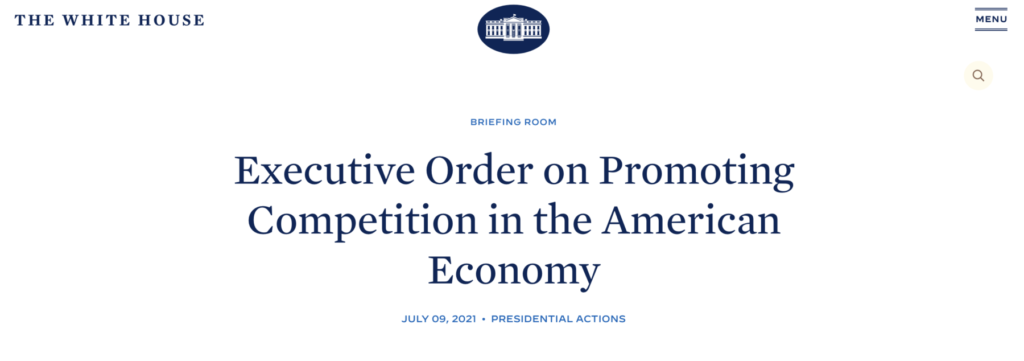Identifying major trends before the crowd does is a key aspect of some types of investing. Venture Capital wants to buy into the next great technology before it becomes a hit; stock pickers are later in the cycle and seek to select companies whose share prices can appreciate, as do value investors. Short sellers do the same thing from the opposite of trade.
And then here are the government watchers — those folks who believe they can find an investing edge by watching for significant changes in policies. There are many examples, but the most significant might be QE. I fondly recall discussing Fed action in 2009 with Jim Bianco, who was bullish. His theory was that all of that Fed liquidity was going to find its way to equity markets. (I was nodding my head, full confirmation bias showing).
That might be oh-so obvious today, but back then, it was radical. Recall the move off of the 2009 lows was the most hated bull market ever. That was the result of confusion, not actual animus.
Identifying new policies through skill or luck is potentially lucrative. This brings me to the President’s Executive Order on Promoting Competition in the American Economy. (See this Fact Sheet, also).
My awareness of this came about through serendipity: First, I religiously devour anything Michael Hiltzik writes. His discussion on the new policy is required reading. And second, one of the key drivers of this policy is Brian Deese — a former MiB guest (transcript). He is the Director of the National Economic Council, was Global Head of Sustainable Investing at Blackrock, and was President Obama’s senior advisor for climate and energy policy.
The Executive Order issued last week was not the usual 1-pager/Photo Op; rather, it was a serious, 6,832 word, 72-bullet point document. It unveils is a major new policy initiative, including the formation of the President’s Council on Competitiveness.
You may have missed it.
But this is a big deal. It not only comes from the executive branch, it is based on existing legislation. There are a lot of moving parts, but the key underlying beliefs are laid out in this November 2020 paper, “Restoring competition in the United States A vision for antitrust enforcement for the next administration and Congress.”
Industry consolidation and concentration have reached a tipping point: Too much pricing power, an unlevel playing field, with higher costs to consumers, and too many restrictions on employees. It covers broad topics from FTC/DoJ M&A approvals, to FCC Spectrum auctions. But it is also very granular, covering Farmers, Employees, Data & Privacy, Net Neutrality, the “Right to Repair,” accurate Labeling, Financial products, Telecom/Communication issues, Health Care Costs, Hospitals & Generic drugs.
Investors, do I have your attention yet?
There are a lot of moving parts here, and there’s more to discuss on this topic next week. But pay attention, because this is serious, market-moving stuff.
See also:
Restoring competition in the United States (November 2020)
Executive Order on Promoting Competition in the American Economy (July 09, 2021)
Justice Department Withdraws from Settlement with the National Association of Realtors (July 1, 2020)
The National Association of Realtors’ market power is hurting Americans’ mobility. (Summer 2021)
Biden takes aim at the multitude of ways that businesses can make your life miserable
Michael Hiltzik
L.A. Times, July 9, 2021
https://lat.ms/3reFHkE
This New White House Executive Order Is a Game Changer for Entrepreneurs
Victor Hwang
INC, July 16, 2021
https://bit.ly/36EbB0s
Previously:
MiB: Brian Deese, Blackrock’s Global Head of Sustainable Investing (February 22, 2020)
The Most Hated Rally in Wall Street History (October 8, 2009)


